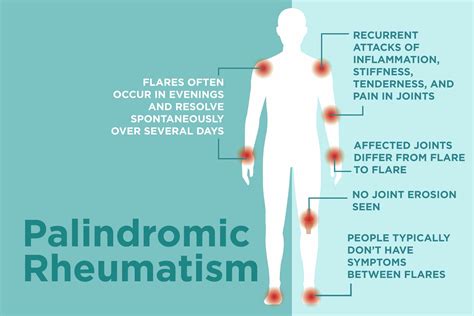Rheumatism is a term that encompasses various conditions characterized by inflammation or pain in muscles, joints, or fibrous tissue. This definition highlights the diverse nature of rheumatic disorders, which cover over 200 different conditions, including arthritis and non-articular rheumatism, also known as regional pain syndrome or soft tissue rheumatism.
Rheumatoid arthritis, a specific type of rheumatic disease, often presents early symptoms in smaller joints, such as those in the hands and feet, with joint stiffness typically worse in the mornings and after periods of inactivity. Other symptoms may include fatigue, fever, and loss of appetite, and as the disease progresses, it can affect larger joints like the wrists and knees.
The term “rheumatism” itself is a popular but somewhat indefinite term used to describe disorders marked by inflammation, degeneration, or metabolic derangement of connective tissue structures, especially joints and related structures. It encompasses conditions like arthritis, osteoarthritis, bursitis, and sciatica, each presenting unique challenges in terms of diagnosis and treatment.

For more detailed definitions and information on rheumatism, you can refer to various authoritative sources such as Merriam-Webster, Cambridge Dictionary, Wikipedia, Mayo Clinic, and Medical Dictionary.


